With MARTINS OLOJA
It has been a week of stories that touch the heart. It is a time that reminds us that too much politics without attention to weightier matters of governance may have robbed Nigeria of a place at the table of the Soccer World Cup, (USA-2026). It is a week that has challenged the exceptionalism of the United States where a 22-year old Utah-born, Tyler Robinson assassinated a very vocal conservative activist, Charlie Kirk, (32) an ally President Donald Trump.
It is also a week young Nepali protesters brought down a corrupt government that intentionally shut down social media sites it considered irritant. It is indeed a week of so many significant lessons. Trees have fallen on trees and so let’s remove the topmost first: angry youths who brought down the government of their country they claimed has not been serving public interest. Let’s contextually report the Nepali protesters story to our public officers and especially the political class who appear to be dangerously assuming that they are secure and our public institutions couldn’t have been violated so widely the way they were in Nepal this week. Let’s relive the story first before telling our duty bearers that indeed no one expects our youths to burn down our institutions of democracy and governance, after all. That is not the focal point of discussion here. Let’s deconstruct the story of the hungry and angry youths that brought down their “Very Bad People” as Patrick Alley would have called them.
Here is the news from Nepal this week
Nepali protesters, angered by a bloody crackdown, defied a police curfew and took over the streets of the capital Kathmandu on Tuesday, setting fire to the Supreme Court, parliament and other government buildings in the latest day of Gen Z-led protests that have toppled the Himalayan country’s prime minister. Officials said at least 22 were killed and hundreds wounded in the clashes in Kathmandu sparked by a government ban on social media platforms but driven by deep-rooted resentment at rampant corruption by the country’s political elite and a lack of economic opportunities for regular Nepalis. Yes, the youths alleged rampart corruption by the country’s political elite. They also alleged “lack of economic opportunities for regular Nepalis”. The story began with “deep-rooted resentment”.
Let’s continue reading: while the angry young Nepalis were on rampage, “Police used live ammunition, water cannons, and tear gas against the protesters, Reuters news agency reported. On Tuesday, smoke clouded the sky above the capital, photos by Reuters showed. The country’s main international airport shut because of the violence, according to a notice posted on Tuesday afternoon. Later that evening, the Nepal Army sent troops into Kathmandu “to control the situation for the security of Nepal and Nepalis,” according to its chief. Nepal, a Himalayan country of 30 million people, is known for its turbulent politics and has seen more than a dozen governments since it transitioned to a republic after abolishing its 239-year-old monarchy in 2008 following a decade-long civil war. Still, the latest protests, which are led by people ages 13 to 28 – the cohort known as Generation Z – are Nepal’s worst unrest in decades.
When the crisis came to a head on Tuesday, Nepali Prime Minister KP Sharma Oli announced his resignation in a letter that cited “the extraordinary situation” in the country, according to copy of the note posted on social media by a top aide. Video appeared to show demonstrators ransacking Oli’s private residence on Tuesday, a news agency reported. Crowds of protesters could be seen breaking into the property and destroying furniture before setting it on fire. Here’s more about the unrest roiling Nepal.
What triggered the protests?
Anger against the government for what many view as rampant, decades-long corruption was already simmering, and it spilled into the streets of the capital last week after the government blocked social media platforms including Facebook, Instagram, WhatsApp, YouTube and X, in a move that was widely criticised by rights groups. Organisers claimed the protests were not only about the social media ban but also reflected generational frustration at poor economic opportunities. Here them: “While the main trigger for the protest was the recent social media ban, the long history of corruption and bad governance is the main reason that thousands of people have come out on the streets to protest,” a 28-year-old who attended the protests on Monday and Tuesday told the media. The unemployment rate for youth aged 15-24 in Nepal was 20.8% in 2024, according to the World Bank.
Meanwhile, a viral online movement against “Nepo Kids” — politicians’ children showing off their lavish lifestyles — is fueling further anger by highlighting the disparities between those in power and regular Nepalis.
Nepal’s economy is heavily reliant on money sent home by Nepalis living abroad. More than a third (33.1%) of Nepal’s GDP came from personal remittances, according to the World Bank, a number that has steadily risen over the past three decades. When the protests turned deadly: The protests escalated just hours after they began on Monday as protesters clashed with police at the parliament complex in Kathmandu. At least 22 people were killed, Dr. Mohan Regmi, the executive director at Civil Service Hospital in Kathmandu, told the media on Tuesday after a second day of demonstrations. More than 400 people, including security forces staff, were in hospital on Monday, according to a report by Nepal’s health ministry.
From his hospital bed, Saurav*, an 18-year-old college student, said he had been excited to join the protest. “When it comes to the nation, there is no need for motivation. The politicians are just selling our country for their own greed. That’s not supposed to happen,” he said.
As thick, acrid smoke belched out across the streets and over the city, some protesters emerged from the burning buildings carrying reams of paper, office chairs and computer monitors.
“This is a revolution. This is the end of the corruption. It’s our turn now,” said Sujan Dahal, a young Nepali celebrating the downfall of the prime minister in Kathmandu on Tuesday. “The government was so corrupt. They used that money to improve their own lives, but there has been no change in the lives of normal people.”
The Kathmandu Post (newspaper) said its servers were down Tuesday after its building was set on fire. UN Secretary General António Guterres called for a “thorough investigation” and “restraint to avoid further escalation of violence” in a statement to X Tuesday.
Government under pressure: The resignation of Prime Minister Oli on Tuesday came after a string of other officials quit over the government’s response to the protests. Home Minister Ramesh Lekhak resigned Monday following the violence, with the ministers for agriculture, water and health a day later. In the hours after Oli stepped down, the Nepali Army appealed for a peaceful solution through dialogue, urging “all citizens to exercise restraint to prevent further loss of life and property in this critical situation.” Later on Tuesday, Nepal President Ramchandra Paudel urged demonstrators to “cooperate for a peaceful resolution” and called on youth protesters to “come to talk.” Binay Mishra, a Nepal-based public policy analyst, told a cable television station that, “once the prime minister steps down, the president calls the parliament to form the government.”
Read this executive alibi: In a statement before his resignation, Oli said his government was “not negative toward the demands raised by the Gen Z generation” and said he was “deeply saddened” by the incidents on Monday. He blamed “infiltration by various vested interest groups” for the violence, without elaborating on who those groups were.
As this deconstruction was on yesterday, Nepal’s former Chief Justice Sushila Karki was named the country’s interim Prime Minister. President Ramchandra Paudel’s office announced the appointment of Karki, the country’s first female head of government. The 73-year-old, the only woman to have served as chief justice of Nepal’s Supreme Court, was sworn in last night conforming that the young anti-corruption fighters have won the battle.
Why Nigerian leaders should pay attention to youth revolt in Nepal
Nigerian leaders should take heed of youth revolts, such as the one that has just disrupted Nepal. A cautionary tale:
Our political elite and law enforcement agencies should note that the Nepalese government’s attempt to ban social media platforms, including Facebook, YouTube, Instagram, etc was met with fierce resistance from the youth. The move was seen as an effort to stifle free speech and silence critics, but it ultimately backfired, fueling further outrage and protests. This incident highlights the importance of respecting citizens’ rights to free speech and expression. There is a crisis of confidence between media/human rights bodies and security agencies in Nigeria now. The development in Nepal is a reminder to how such crises can boil to a head.
Nigeria’s own experience with youth protests:
Nigeria has its own history of youth-led protests, including the #EndSARS movement, which began in 2020. The movement, aimed at disbanding the Special Anti-Robbery Squad (SARS), quickly gained momentum, with protests spreading across major cities in Nigeria and worldwide. The government’s response was met with criticism, and the movement ultimately led to calls for broader reforms and accountability. The danger of ignoring youth grievances:
Ignoring youth grievances can have severe consequences. In Nigeria, the lack of opportunities, economic hardship, and insecurity have created a sense of desperation among young people. With 71% of the population under the age of 30, Nigeria’s youth bulge presents both an opportunity and a challenge. If harnessed correctly, young people’s energy and creativity can drive economic growth and development. However, if their grievances are ignored, it could lead to social unrest and instability. Some of the key issues driving youth discontent in Nigeria include: unemployment and economic hardship: The country’s economy is struggling, with soaring inflation and unemployment rates, leaving many young people without hope for a better future. This is a bomb that shouldn’t be ignored by our leaders. The rise of armed gangs, Islamist militants, and other security threats has created a sense of fear and instability, further exacerbating youth frustration. The perceived corruption and ineptitude of government officials have eroded trust in institutions, leading to widespread disillusionment among young people. Most of them are already resorting to criminality and sundry vices to survive.
And so, instead of allowing sycophants and cheerleaders who claim to them that the youths in Nepal are misguided and so revolt can’t happen here, Nigerian leaders would do well to heed the lessons from Nepal and Nigeria’s own experience with youth protests. By listening to youth grievances, addressing the root causes of discontent, and promoting inclusive governance, leaders can prevent social unrest and create a more stable and prosperous future for all. Let’s remember that it’s a small world, after all. The lessons from Nepal are too remarkable to be ignored in Nigeria where politics trumps policies that can heal the land.


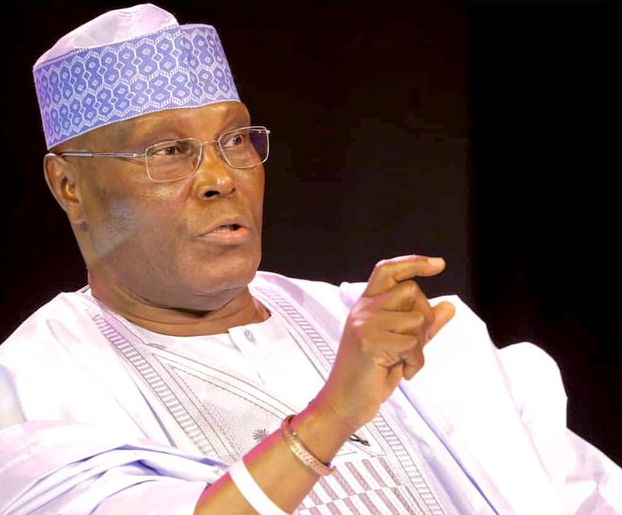

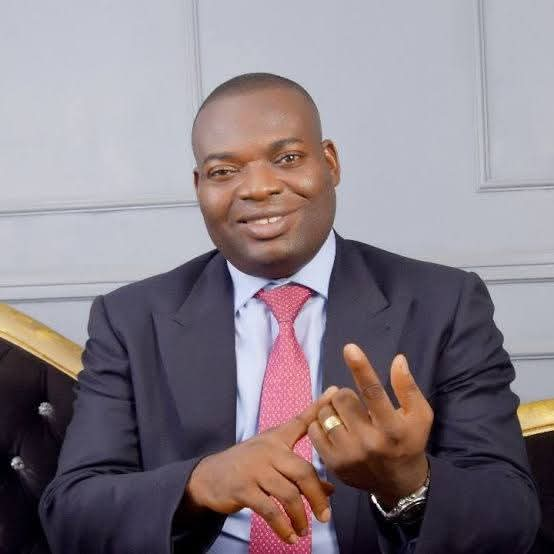


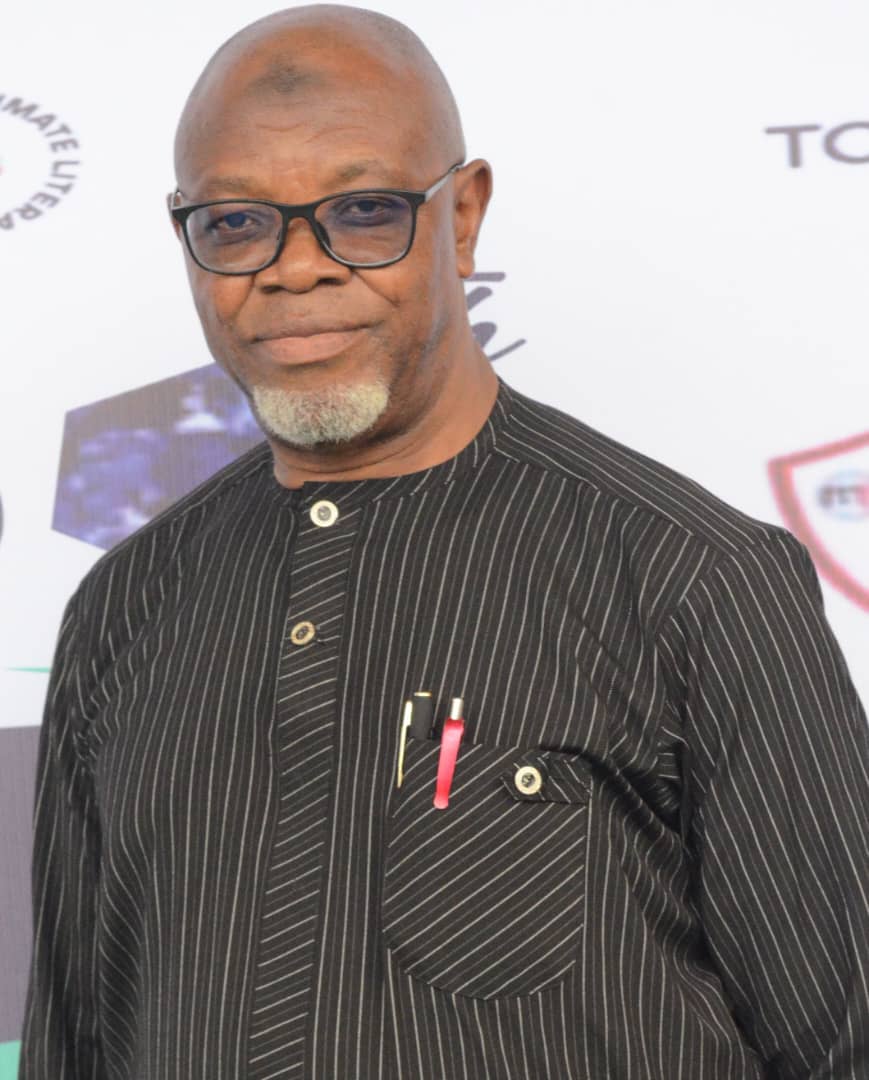



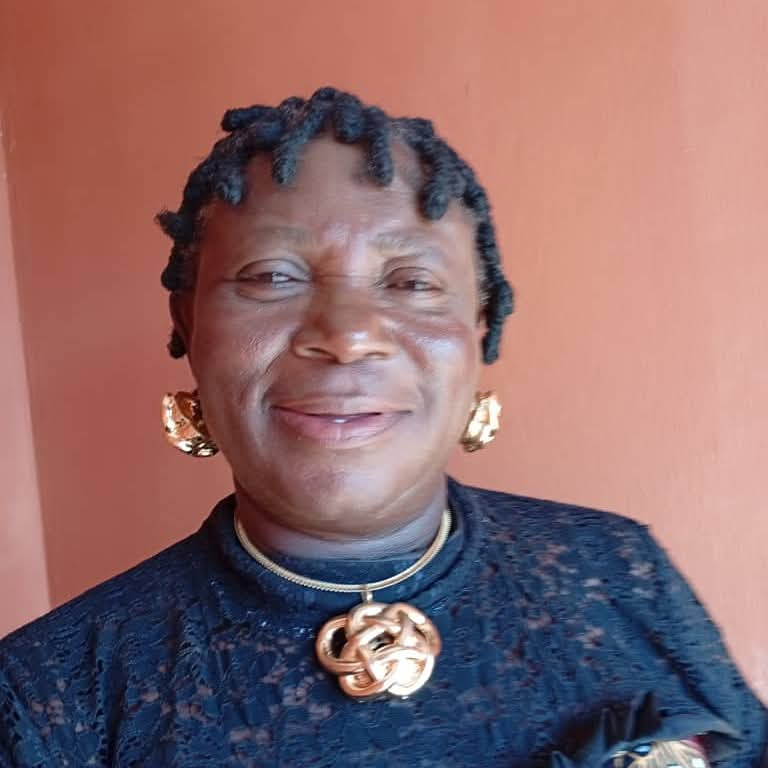
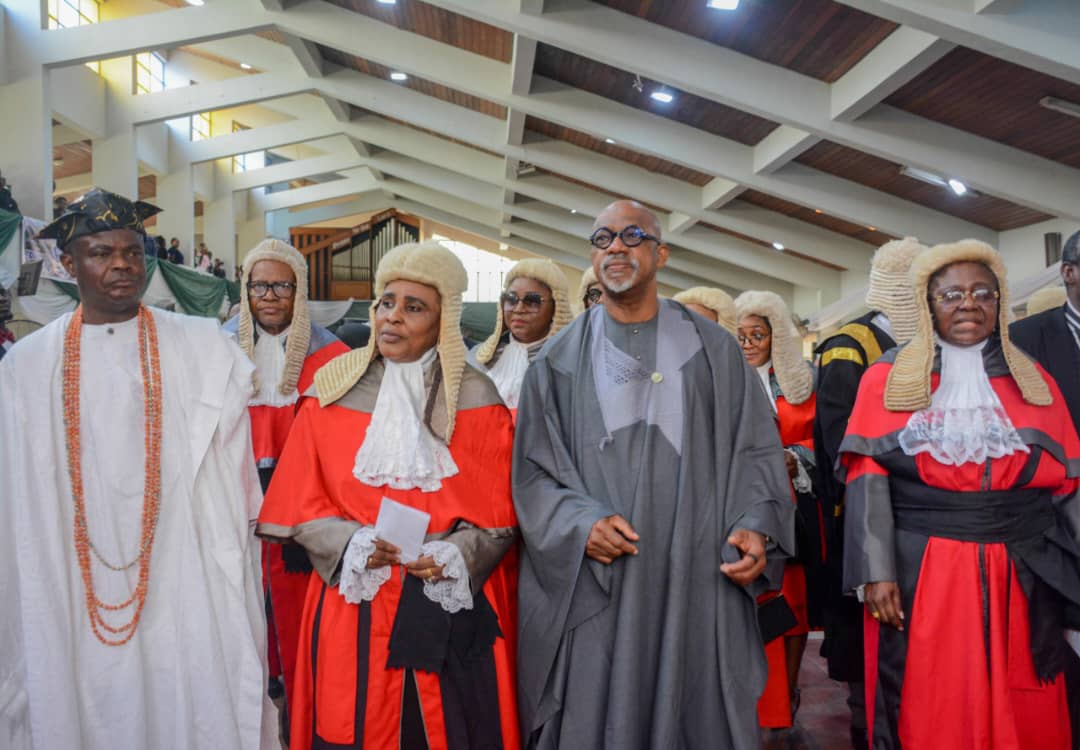
Leave a Reply